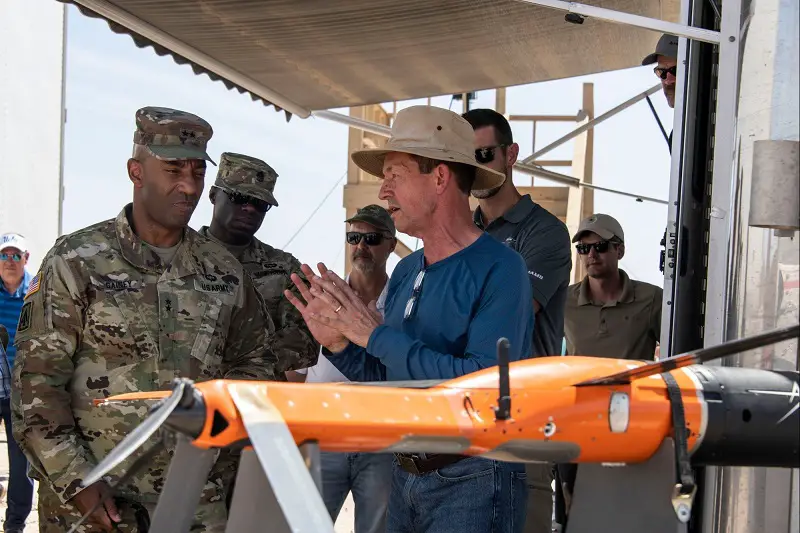The importance of small unmanned aircraft systems, known as sUAS, in the aviation world is growing with each passing year. The United States military has used unmanned aircraft for decades to perform dangerous reconnaissance and attack missions that save Soldiers’ lives. As the technology proliferates, however, America’s adversaries could potentially use sUAS to target Soldiers, necessitating robust counter-sUAS, or C-sUAS, defenses for use anywhere American forces may be deployed. The Joint C-sUAS Office, known as the JCO, was established in 2020 to tackle this threat and has hosted industry demonstrations of the latest C-sUAS technology at U.S. Army Yuma Proving Ground for the past two years. Their most recent event took place across four weeks in May and June.
“It’s groundbreaking stuff. We’re looking into solutions to deter the most scary threats you see on TV. It’s technology that some people can’t even fathom we’re using to defeat these threats. It’s great to work with so many people across YPG. The teamwork is what made this a success. It increases the exposure of what YPG is capable of doing,” said Riley Sinek, YPG test officer.
“This is similar to the one we did earlier this year, but with longer distances. This is focused on defeat of Group 3 sUAS on one-way-attack missions. We’re trying to engage these threats earlier and at longer distances so that they don’t have an opportunity to do harm to our forces,” said DiGennaro,” said Michael DiGennaro, JCO test lead.
The defeat mechanism differed by vendor, ranging from missiles to high-powered microwaves, and at this event the distances the testers used were significantly greater than in previous demonstrations. During some test rounds, the Group 3 UAS also flew significantly higher and faster than during previous events, making the target sets more challenging to defeat. During the scenarios, the aggressor drones approached the defended area at different speeds and altitudes to test the system under evaluation’s ability to defeat the threats. The testers watched for any anomalies and also took note of the individual systems’ ease of use, among other things. The larger distances involved in these test cases required the support of additional YPG personnel to conduct the test safely.
The U.S. Army Yuma Proving Ground is the most capable of a limited number of test ranges able to accommodate this type of work. The proving ground’s clear, stable air and extremely dry climate along with vast institutional UAS testing knowledge makes it an attractive location to testers, as does the ability to control a large swath of the radio frequency spectrum. YPG has more than 500 permanent radio frequencies, and several thousand temporary ones in a given month. The demonstrations are expected to continue for several more years, with each subsequent test focusing on different types of sUAS threats and C-sUAS systems. This facility is designed to do exactly what we are doing. The support from the entire test crew and the range infrastructure itself gives us the ability to focus on test objectives.













